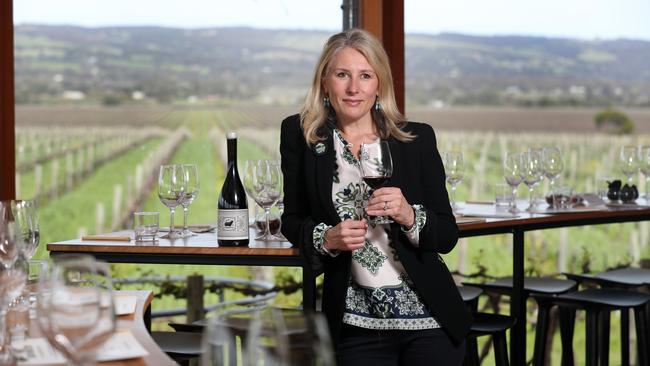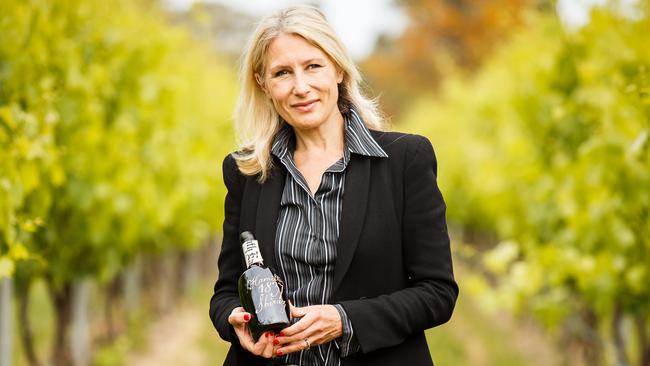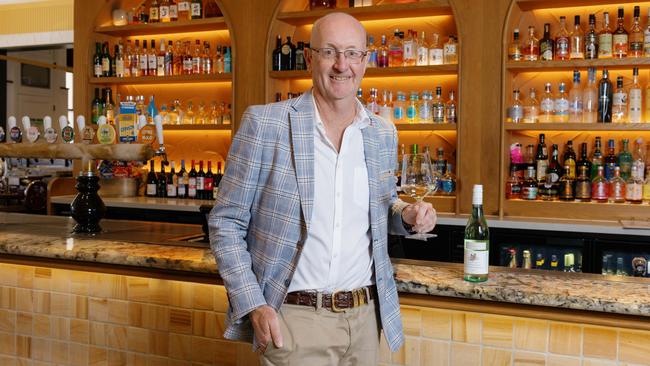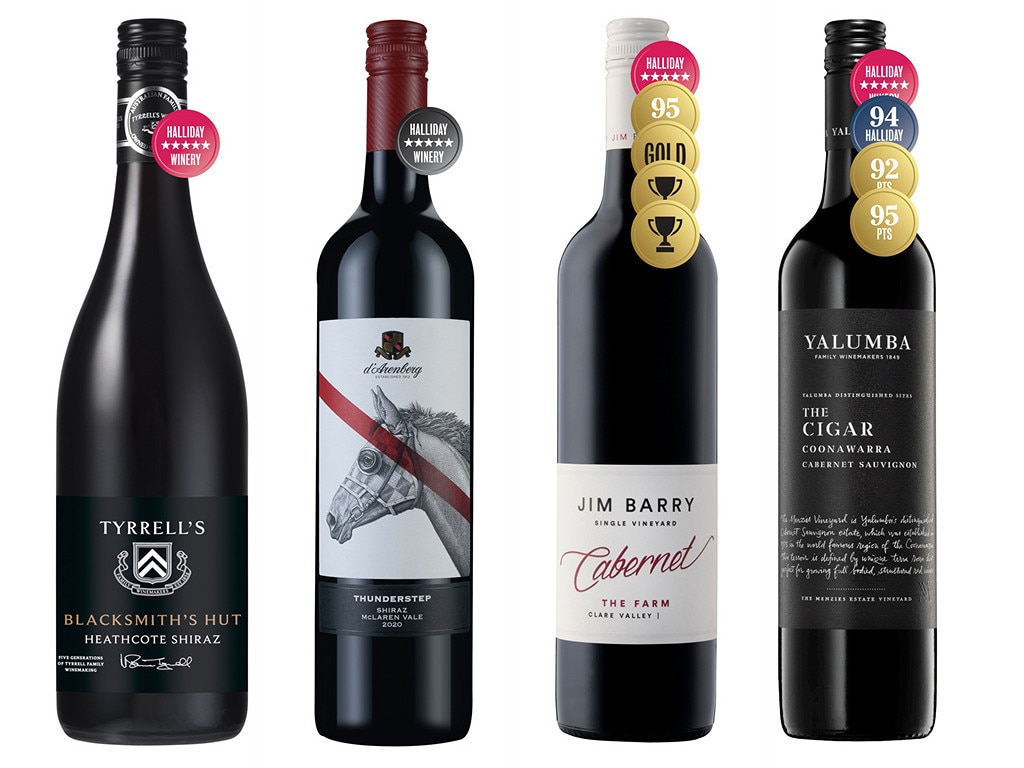Winemakers despair at botched fiscal rescue as industry teeters
Winemakers aren’t impressed by the ‘drop in the barrel’ $50k lift to the wine rebate set out in the budget and rue the opportunity to fix Australia’s red grape oversupply.

Winemakers have dismissed the government’s budget gesture lifting the rebate available to wineries by $50,000 as a “drop in the barrel”, and roundly condemned a missed opportunity for desperately needed structural reform to save the industry from a wipe-out.
The owners of Hugh Hamilton wines in South Australia’s McLaren Vale, Taylors Wines in nearby Clare Valley and the chief executive of Australian Vintage, the maker of McGuigan, have lamented the lack of serious reforms like addressing the oversupply of red wine, too many farmers overproducing grapes, rebuilding export markets in China and the burden of red tape.
And while they welcomed financial assistance, such as Treasurer Jim Chalmers’ pledge to up the cap on the wine equalisation tax (WET) rebate to $400,000 from $350,000, it fails to address the serious structural and economic challenges facing the $45bn sector.
“I think the government should look at it a bit more holistically, so rather than just $50,000 of WET rebate wouldn’t it be great if they looked at what it is to make this jewel in the crown a prize, just like a number of other of our export industries,” said Mary Hamilton, the boss of family owned Hugh Hamilton wines whose history stretches back 185 years over six generations.
“And it is a prize. It is a prize that attracts tourism, it attracts an enterprise worth potentially billions of dollars overseas, why don’t they look at it holistically right now and say, ‘Okay, what does this industry need to see to be the jewel in the crown and for it not to be a wipe out?’”

Ms Hamilton’s winery will be eligible for the extra $50,000, admitting “anything is a help and is absolutely welcomed”. However, she was puzzled why the Albanese government’s federal budget released on Tuesday night is pushing that measure out to next financial year at a time when the wine industry is in crisis.
“I honestly don’t know why they wouldn’t bring the rebate change into this financial year, given there is so much pain in the industry right now.
“But I’m very disappointed that they didn’t put some effort into the Export Markets Development Grant, and most of us who are serious exporters exhausted the grant over a decade ago and the world is a very different place to a decade ago.
“They need to really rebirth that whole incentive to get people exporting and I don’t know why they didn’t do it this year because everything they tell us is that we should be out there exporting. We have an oversupply of wine in this country.”
Ms Hamilton said that advice was not matched with fiscal strategy.
“We are asking for support for water to keep our vineyards sustainable. We are asking for trade support for international markets and for this oversupply that we have got particularly in the Riverland region, to help us rationalise and get farmers to go into other crops,” she said. Taylors Wines chief executive Mitchell Taylor echoed that sentiment.
“We’ve asked them (the government) for some really strategic help to help us get over the oversupply issues agriculturally, and also to help us to reinvest. We’re still feeling the pain from being locked out of China for a few years and re-establishing there.
“But for our value-added industry that is so large that exports and is worth around $45bn to the Australian economy, this is just chicken feed they’re offering with the WET rebate, and it isn’t even this financial year we are getting it.”

Craig Garvin, the CEO of Australian Vintage and whose brands include McGuigan and Tempus Two, said any assistance was good and reflected the recognition the wine industry was suffering a downturn.
“The wine industry is facing some challenges, everyone knows. Costs are up, exports are down, there’s possible tariffs in the US, et cetera, but for major producers it’s not going to make a real material difference for their earnings, whereas for some smaller producers, it might be of more value.
“The industry needs to think differently about its mix of vineyards and the style of wines it has got, and there has got to be some restructure.”

Australian Grape & Wine boss Lee McLean, which represents more than 2,100 winemakers and 6,000 winegrape growers, said “any tax relief is good and welcome” but the government had not done enough to help a dire situation.
“In terms of what we were looking for and hoping for from the government, it’s not quite enough for us.
“We were really hoping to see some targeted measures that were going to deal with the oversupply situation we are facing, and particularly through growing export opportunities... It fails to deliver the targeted programs or strategic investment needed to address the serious challenges facing one of Australia’s most iconic and economically important regional industries.”
Ms Hamilton at Hugh Hamilton suggested a huge benefit to the industry would be a mechanism offering support for some grapegrowers to exit, which would alleviate oversupply. She, like most winemakers, would love to see less red tape attached to running the business.
“It is a much harder business now to run than it was 20 years ago, there is just so much bureaucratic stuff that weighs you down and I don’t think I can think of an industry that requires so much expertise as being a small owner-operated winery. I’ve got a lot of friends who run businesses and I think, ‘how come I feel I’m doing double-time as to what they are doing?’”





